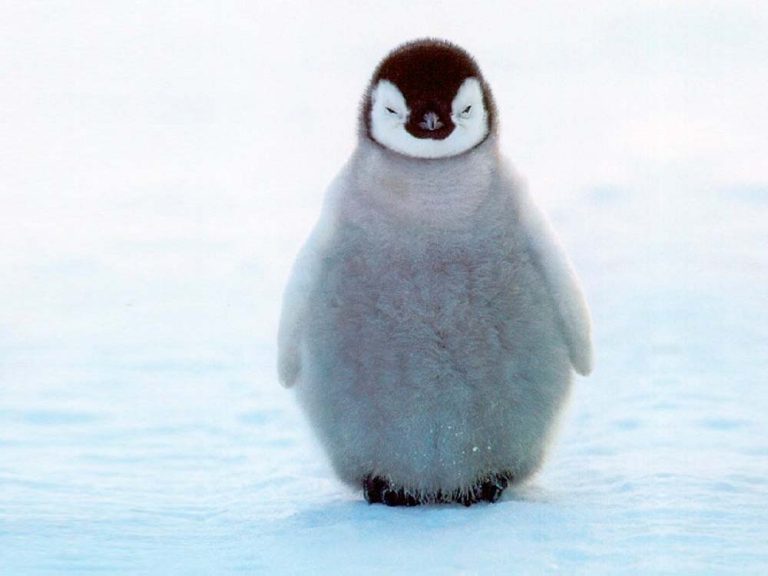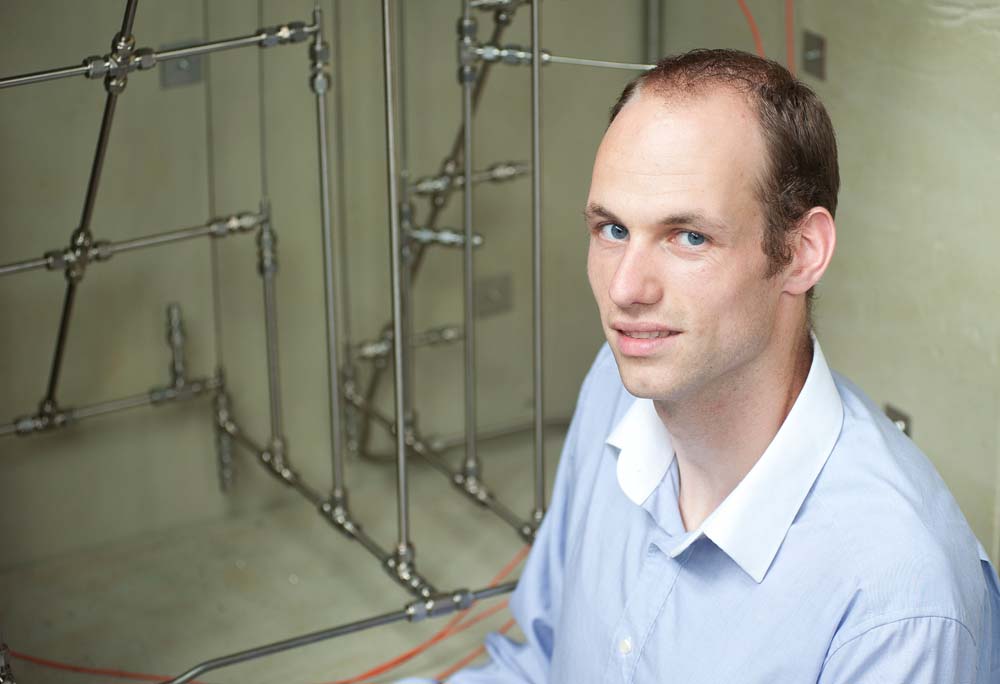Is cooling possible without using gases that break down the ozone layer or contribute to the greenhouse effect? The 10th Gustav Lorentzen conference, this week in Delft, presents the progress thus far.
Professor Gustav Lorentzen (1915 – 1995) was an expert in thermodynamics at the University of Trondheim, Norway. He is regarded as the founding father of natural cooling and heating. That is: cooling and heating without synthetic refrigerants. In the 1980s, it was first discovered that widely used chlorinated fluorocarbons (CFCs) were detrimental to the ozone layer. Subsequently, it also became clear that hydro-fluoro compounds (HFCs), which were used as replacements, were potent greenhouse gases. At that time, Prof. Lorentzen re-discovered the use of CO2 as a refrigerant for cooling and heating. CO2 had been abandoned in the 1930s for CFC’s, which were easier to handle. Half a century later, Prof. Lorentzen’s idea formed the basis for the natural cooling movement.
More than 250 people visited the 10th conference of the International Institute for Refrigeration (IIR/IIF) that carries Lorentzen’s name. Diverse as they may be, these researchers have one thing in common: they strive for natural cooling and heating with no other refrigerants than CO2, ammonia, water or hydrocarbons.
Or better still: no intermediates at all. That’s what Professor Ekkes Brück (AS) attempts with magnetic cooling. Special magnetocaloric materials that heat up in a magnetic field may be used to cool small refrigerators without the need for nasty circulating fluids (delta.tudelft.nl/21817). Bruck set up a five-year research plan last summer with funding from BASF.
Another example of ecological thermodynamics is the research by PhD student Dennis van de Bor into the development of heat pumps acting on water and ammonia.
Bulk chemical industries use heat for distillation on a large scale. Traditionally, the heat for this separation process is produced by steam boilers. Members from the Dutch Separation Technology Institute wanted to know if heat pumps could produce the heat more efficiently. Van de Bor calculated that heat pumps could be 80 percent more efficient than steam boilers.
Heat pumps, which transport heat from low to higher temperature, are well known for their efficient heat transfer. In fact, at small temperature differences, such as in a fridge, the heat transfer is typically two to three times larger than the power consumed. However, such fabulous efficiencies fall steeply at larger temperature steps. Industrial separation units for example work with 70 to 100 Cº between boiler and condenser. In order for a heat pump to work efficiently at such temperature jumps, the heat transfer needs to be optimised. That is why Van de Bor tests ultrafine concentric pipes with diameters of 0.5 to 2 millimetres. The temperature difference between the counter-flowing streams at any point of the concentric pipe is only 5 Cº. “The concentric pipes have a very low heat resistance,” explains Van de Bor. The efficient heat transfer from process to the water-ammonia mixture means less work for the heat pump’s compressor. When applied in industry, heat pumps could almost halve the heat demand of separation processes, Van de Bor says.
After 50 years of synthetic refrigerants, which have allowed for safe and small cooling and heating systems, much of the technology has to be reinvented or at least improved, Dr Carlos Infante Ferreira (3mE) explains. Each of the natural coolants has its particularities. Supercritical CO2 systems for instance work at elevated pressures of 70 bars. Hydrocarbons are flammable and therefore not allowed as refrigerants in the US. Water has an enormous latent heat (it can buffer large amounts of heat in freezing or boiling), but cannot be used below freezing point. Plus: water-driven systems are bulky. Ammonia is poisonous in large quantities, which limits its application in densely populated areas.
Consequently, many papers presented at the congress dealt with improving the thermodynamic cycles, miniaturising the equipment and intensifying heat exchange. Despite its long history – Professor Kamerlingh Onnes and others initiated IIR/IIF in 1908 – applied thermodynamics is working hard to reinvent itself.




Comments are closed.